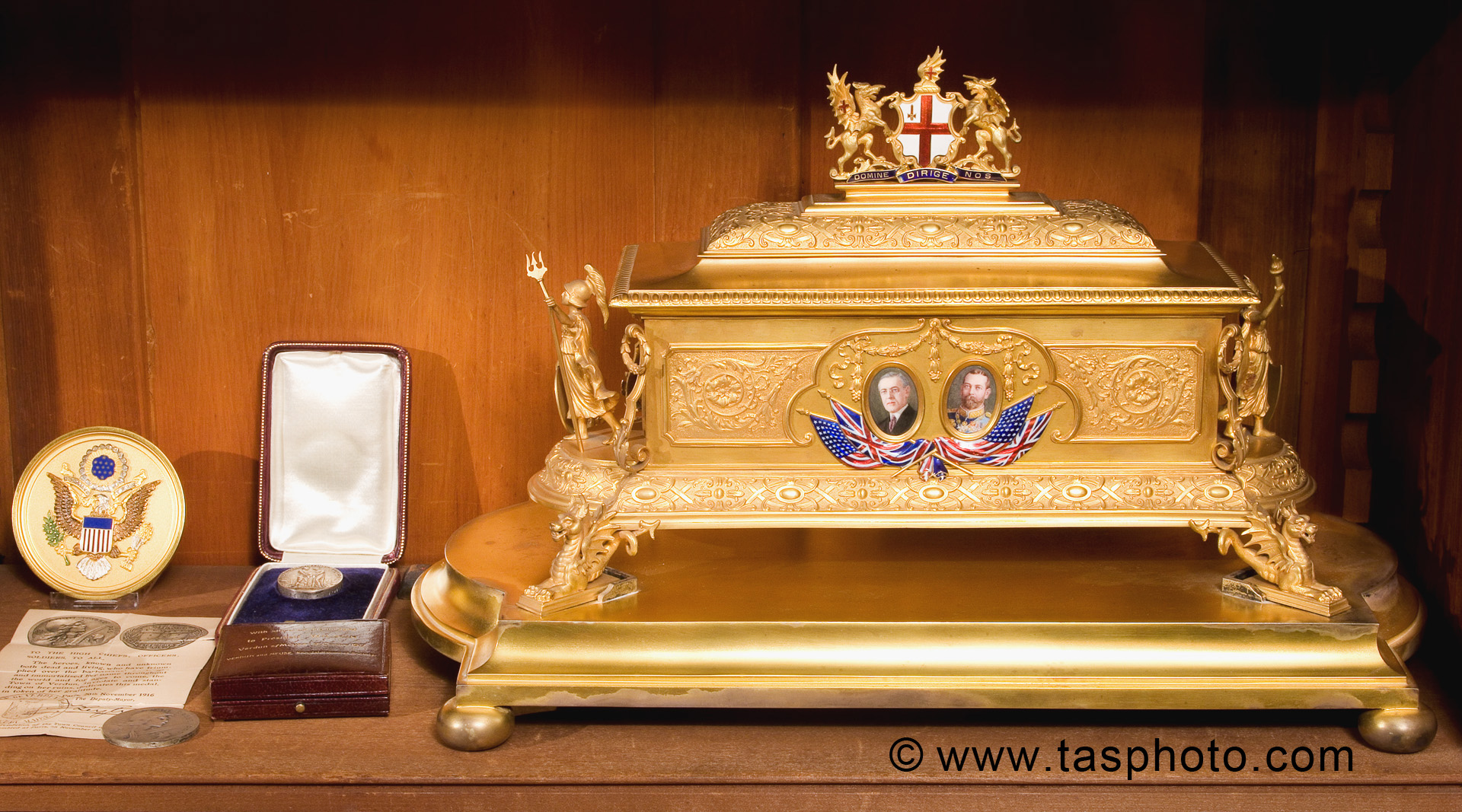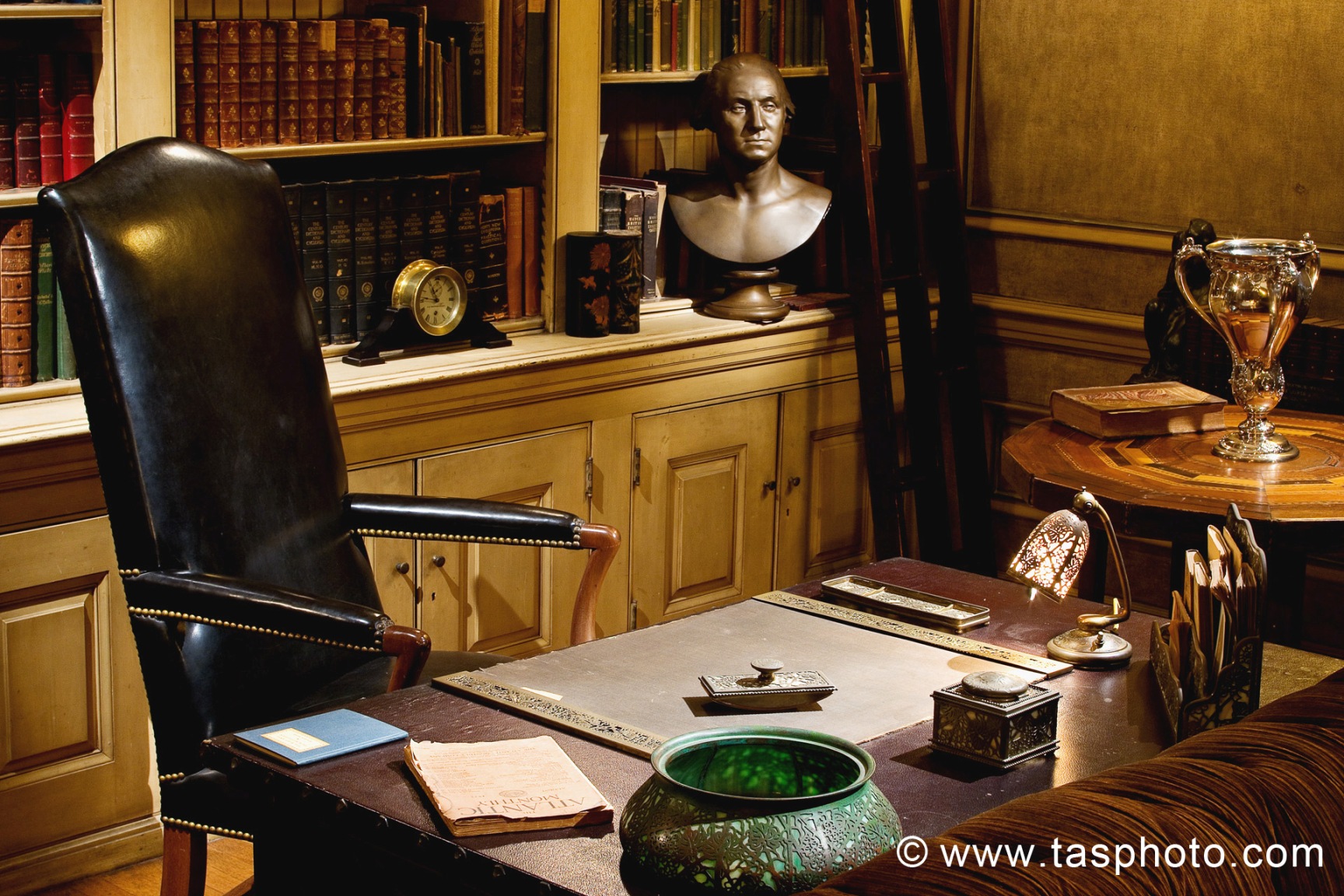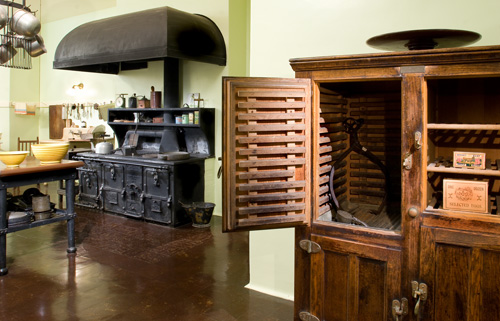The years from 1910 to 1920 were a time of great change for the
United States. Led by President Wilson from 1913 till 1921, the nation became a
true world power. The country was involved in numerous foreign affairs, from
the completion of the Panama Canal in 1914 to entering the Great War in 1917.
At home, Americans saw a lot of change in their day to day lives as well.
During the first five
years of the decade, 1910-1915, immigrants were entering the US at an average
of 900,000 per year. Immigrants were arriving at record breaking numbers; more
than 22 million had set foot in America by 1914. All of this changed when WWI
broke out in Europe in 1914. From 1915-1919, the number of immigrants entering
the United States dropped to an average of only a quarter of a million per
annum1. Answering the call of their home nations embroiled in
conflict, many immigrants left the US, most of them from eastern cities. Labor
shortages resulted from young men enlisting in the war effort and from the lack
of immigrant laborers. Other minorities - such as women and African Americans -
began to take advantage of the large amounts of work left undone.
 |
| An African American family moving up north Source: International African American Museum |
Referred to as the Great
Migration, millions of African Americans migrated from the southern states to
the more industrialized north to answer the call to work. African Americans
could expect to earn three times more working in a Northern factory as compared
to working in the Southern fields. Between 1910 and 1920, northern industrial
cities saw large booms in their African American populations. New York’s
African American population experienced an increase of 66%. Chicago’s
population grew by 148%. Detroit, the center of the newly invented automobile,
grew by 611%2. Many of these new workers took jobs in factories,
slaughterhouses, and foundries, or metal casting factories.
An increase in the manufacturing and mechanical industries
was not only a result of a greater demand for these services through war
efforts but also a result of the changing living and working conditions. The Keating-Own
Child Labor Act was signed in 1916, limiting the work hours for children which
began a new program of federal regulation in the industry3.
Workdays, in general, became shorter. For example, railroad workers, with the
help of the Adamson Act in 1916, had an eight-hour workday established. Labor
unions also increased in prominence and power with the passing of the Clayton
Antitrust Act in 1914. Unfair business practices were clearly defined, and
peaceful strikes and picketing were legalized3.
 |
| A Ford car factory in 1917 Source: Library of Congress |
The 1910s saw a great change in transportation as well.
Americans became captivated by the introduction of automobiles and airplanes.
With the introduction of the automobile in 1886 and the Ford Model T in 1908,
people were able to travel farther distances at a much faster rate than ever
before. In 1910, there were 458,500 registered automobiles in the US4;
by 1920, that number had risen to 9.2 million5. The number of public
roads increased drastically, from 2,151,570 miles in 1910 to 2,777,687 in 19205.
Other industries tied to the automobile also benefitted from its invention.
Automobiles became the lifeline of the petroleum industry and one of the chief
customers of the steel industry.
With the Wright Brothers’ first flight in 1903, the world
was brought into the aerial age. The first commercial flight took place on
January 1, 1914. Abram C. Pheil became the first paying passenger as he won a
bid to fly for $400. Pheil, along with pilot Tony Jannus, flew from St.
Petersburg, Florida to Tampa, Florida on a round trip that lasted less than an
hour and half6. Interests in flight continued to take off after the
end of WWI. Experienced fighter pilots were eager to come home and show America
their newly developed skills. Air shows sprang up around the country, as pilots
competed for awards in distance, speed, and acrobatic stunts7.
 |
| Claude Grahame-White was the first to fly over our nation's capital on October 14, 1910. Source: Library of Congress |
Wilson’s presidency was a landmark time that highlights a
period when the United States was coming into the modern era. People were
starting to realize their rights and to fight for them. New inventions changed
the way the old methods of communication and transportation. Many of this
decade’s events, including the Great War, would pave the way for future
leaders.
1 Increase of Population in the United States 1910-1920, William S. Rossiter
2 Great Migration, History Channel
4 The History of American Technology, Bryant
University
5 1920s, Federal Reserve Archive [PDF]
6 The First Commercial Flight, FirstFlight Centennial
7 The Aerial Age Begins, Smithsonian National Air
and Space Museum
-Catherine Yuan





No comments :
Post a Comment